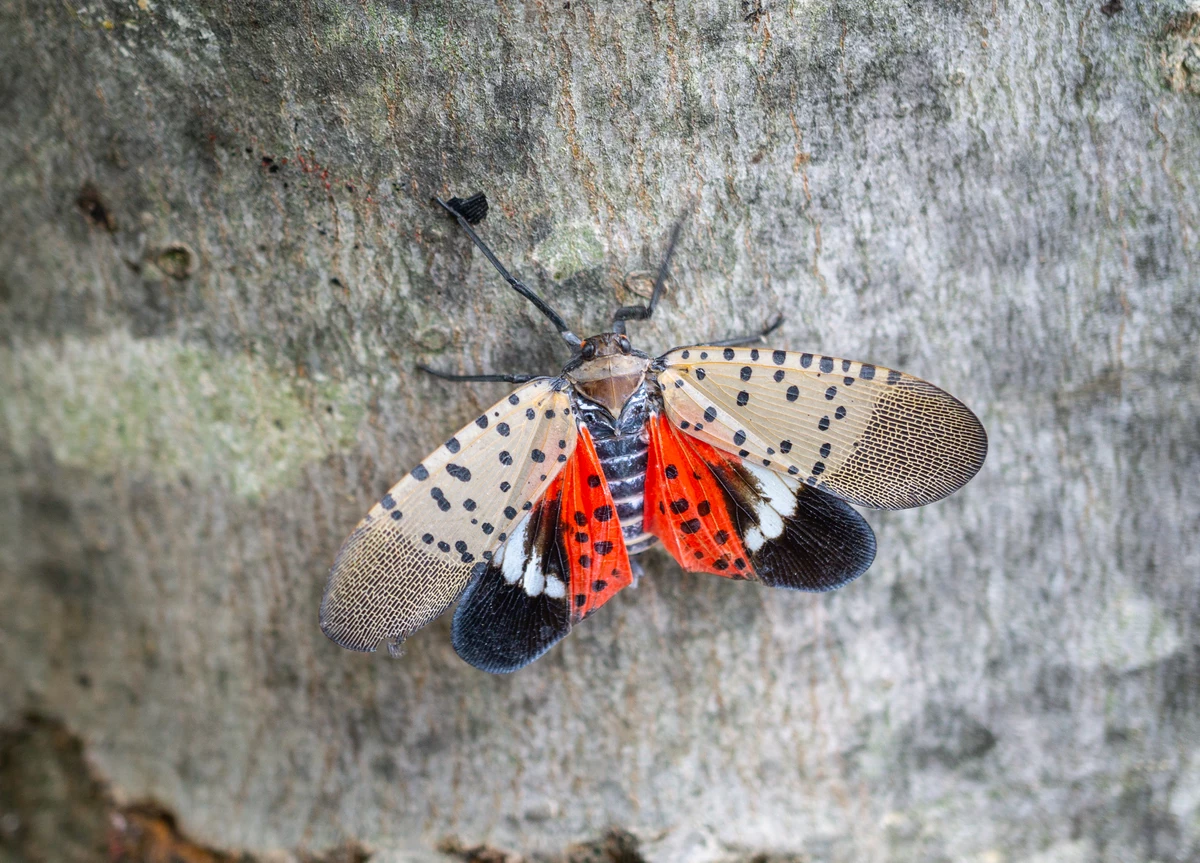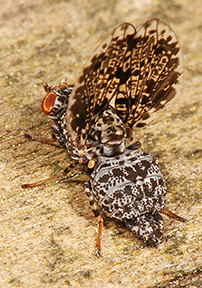There’s a new invasive insect that has made its way into Indiana, and officials aren’t messing around. They say if you see it you should kill it.
We’ve heard a lot about invasive plants and insects in Indiana lately. From a species of clam to poison hemlock, the Indiana takeover has been talked about and these are just examples. There are many other invasive species invading the area. Another invasive insect that has been talked about recently is the spotted lantern fly. If you discover it, you will be given full permission to kill it.
Spotted Lantern Fly in Indiana
Last month, the Indiana DNR reported the first spotted lantern fly (Lycorma delicatula) found in Indiana, Switzerland County. This is the westernmost that the insect has been found to date. These invasive insects are clearly making their way west, offering the chance that they will be spotted in the Evansville area sooner rather than later.
How to spot a spotted lantern fly
The immature stage of a spotted lantern fly often appears black with white spots, and they develop red spots as they mature. As an adult, the spotted lantern fly is about an inch long and a half inch wide, with brown, semi-transparent fore wings, black spots, red and black spots, and a white band and a yellow and black belly.
The moths hatch in July and lay eggs in autumn. According to Fox News, an adult can lay 50 eggs on logs, firewood, and rocks. So keep an eye out for these insects in areas like this.
Signs of spotted lantern fly infestation
According to a recent Fox News report, signs of an infestation include leakage of sap from logs; 1-inch-long, brownish-gray or brown and scaly masses of eggs; and honeydew formation under plants. The lantern flies secrete honeydew, which promotes the growth of black soot mold.
Why should you kill these insects?
Again, if you see any of these insects, Indiana DNR urges you to kill it. That may sound pretty harsh, especially since they are harmless to humans. So why should you kill her?
The USDA National Invasive Species Information Center says it poses “a serious economic threat to several US industries”. These insects feed on agricultural crops like grapes, apples, hops. They also feed on maple, walnut, and willow trees.
Anyone who spots signs of the spotted lantern fly should contact DEPP by phone at 866-NO EXOTIC (866-663-9684) or email DEPP@dnr.IN.gov. So when you see something, you’re basically saying something … just make sure you take care of that something first.
(H / T-Fox News, Indiana DNR, USDA National Invasive Species Information Center)
15 animals that could attack you in Evansville
Evil squirrels, killer rabbits, scary geese and more can be seen in this gallery of real animal stories.
WARNING: These are the deadliest animals in the world
Snakes in Kentucky
LOOK: Here are the pets that are banned in each state
With the regulation of exotic animals left to the states, some organizations, including the Humane Society of the United States, are advocating federal, standardized legislation that would prohibit the possession of big cats, bears, primates, and large venomous snakes as pets.
Read on to see which pets are banned in your home state as well as across the country.









